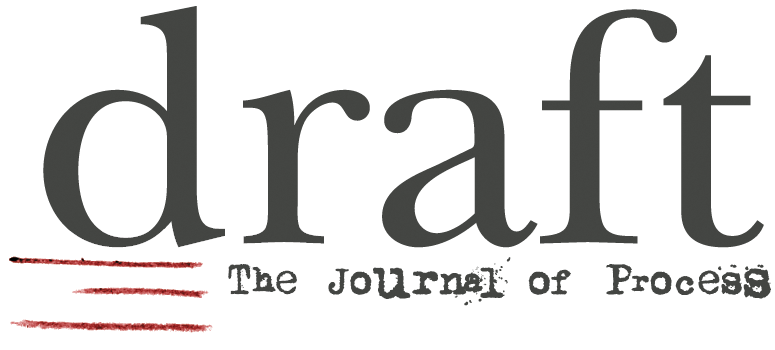World-Building Through Map-Making
Writers are creative animals. We like to jump right in when we get a new idea without taking proper steps to consider what the new world looks like. One way to get to the typing faster is to create a map. When we visually see what the story location looks like on paper, we can begin to identify what’s missing.
Let’s say you’re writing a story about a family that lives on a farm in the late 1800s. (Think O Pioneers! by Willa Cather.) Your main character works in town, two miles from the farm. If you were to make a map, you would immediately mark these two locations. But what else is there? What surrounds the farm? What might your character encounter on that two mile journey?
Some questions you might ask yourself are:
Are there government buildings, like a sheriff, court, prison, a post office?
What natural features are present?
Are there forests or lakes, rivers, hills, prairies, mountains, and so forth?
What stores might be in the vicinity?
What other services are available, like a barber, smoke shop, bank, restaurants, and so on? Are there places of worship?
What does the neighborhood look like? Who are the neighbors?
What historical events have happened in the area?
Do any famous people live nearby?
What seasonal events might take place in this area?
Is there an annual fair that people come from miles to go to?
What wildlife live in the area?
The key is to see your world from every angle. Even if your setting is only in one room, or a single building, you might consider what is beyond the four walls.
Exercise:
Make a map of your world. Start with the most obvious features. In the above example it would be the farm and nearby town. Now look at all the open space. What can you add in those bare spots to make your town more real? Here are some ideas:
Library Water tower
Prison Ball field
Natural preserve
Carnival
Historic monument
What you add determines the outcome of your world. For instance, if you add a carnival to your world, the characters will probably attend, or at the least, discuss it. The goal is not necessarily to add details randomly, but to enhance your overall setting. In doing so, you have the opportunity to create a unique world, one that you can now navigate with ease.
Creating a map every time you start a story will allow you to fully imagine and then create this new world. When you go to lay down those details in the story, they will no longer be vague. “The library’s over the next hill,” becomes, “The library sat adjacent to the town’s water tower, next to the dirt trail that runs past the sheriff’s office.” The more detail you can provide, the better your readers will see and appreciate the world you’ve created.
A Pushcart Prize nominee, Hunter Liguore earned a BA in History and a MFA in Creative Writing. Her “anomalous” work has appeared in Bellevue Literary Review, The Writer’s Chronicle, Mason Road, The MacGuffin, Strange Horizons, New Plains Review, Barely South Review, SLAB Literary, Rio Grande Review, r.kv.r.y Quarterly and more. Her short story collection, Red Barn People, is now available. skytalewriter.com





